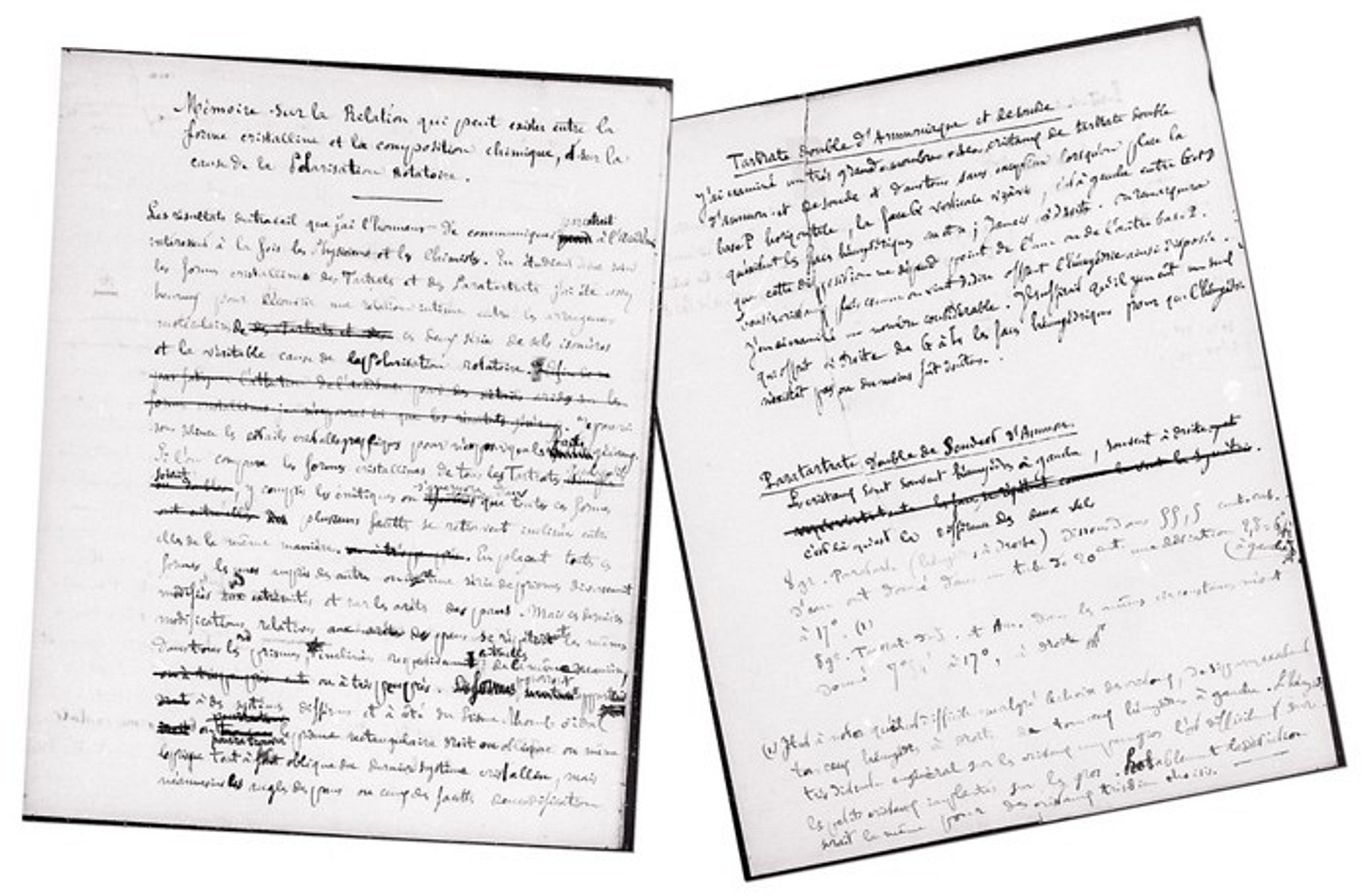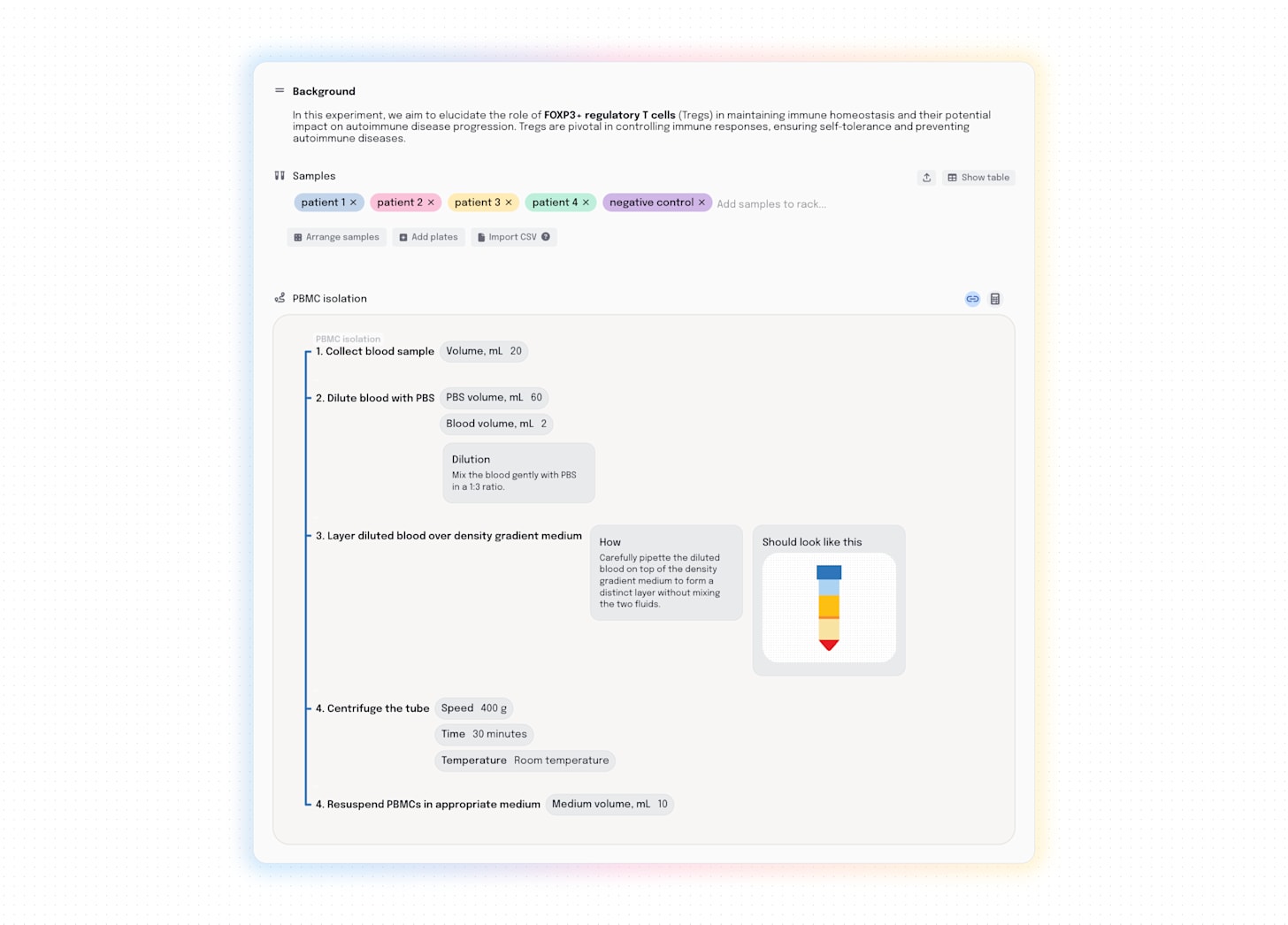Reproducibility starts with good communication
Communication Game is a great illustration of experimental biology.
Person A builds a little construction with a handful of LEGO bricks. They then describe it to Person B, who tries to reproduce it based purely on the description. Person A does not see what Person B’s making.
Same happens in experimental biology, only the complexity of constructions grows year after year. And the LEGO bricks look more like “Wash the cells”.
And yet, the methods we use to communicate these are inherited from Pasteur’s times, when methods had to be hand-written on paper and sent to a journal as a physical letter.
Is communication the only factor defining poor reproducibility of experimental science? Of course not. But my guess is that right now, it’s the main one. If we cannot reliably transfer information from Brain A to Brain B, is it a wonder that over 50% of the published experiments can’t be reproduced [1, 2, 3]?
What we are building at Briefly is above all a communication tool. Something I would have loved to have when I was in the lab. No freely formatted google docs, no tedious write-ups, and hopefully no guesswork on gaps in shared methods.
Interested to try it out? Ping me or sign up at https://briefly.bio.
It’s free for academics — and totally worth it for the industry 😉







